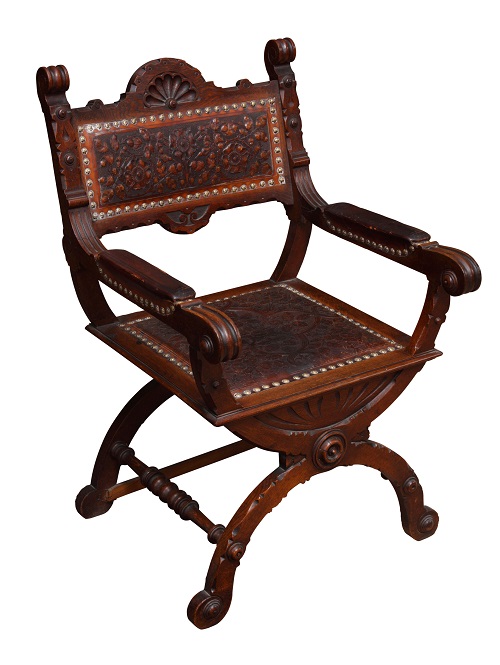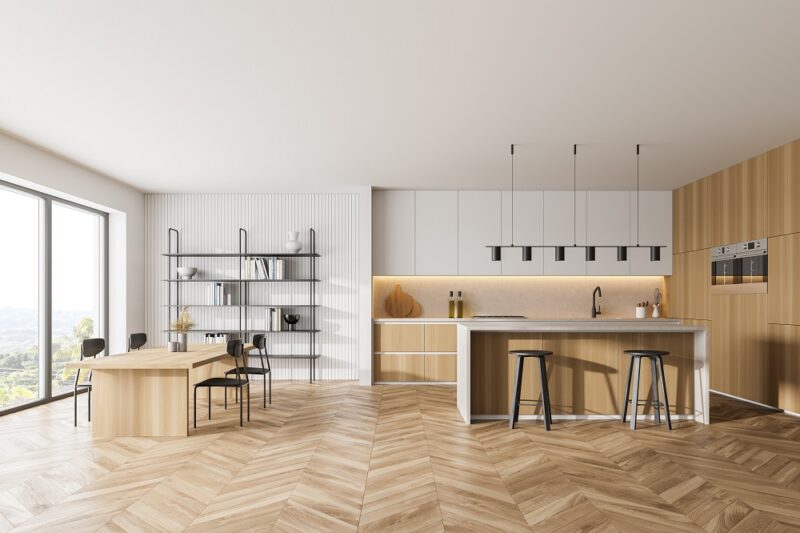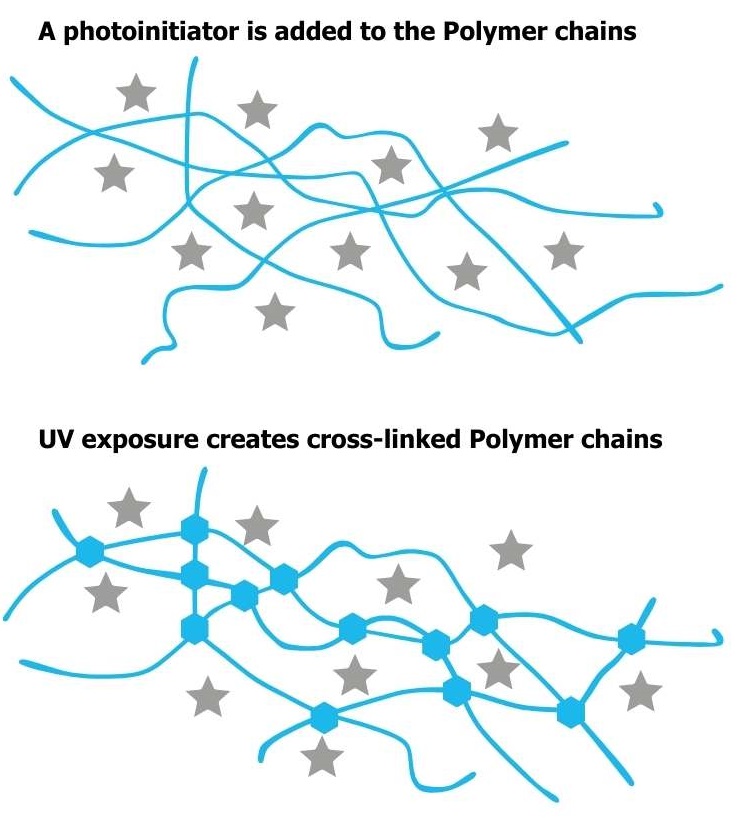When we look around our homes and workplaces the use of protective coatings on worktops, tables and many other surfaces is ubiquitous. Protecting surfaces provides safer working areas, reduced damage and prolongs the life of the object far beyond that of an untreated surface.

Interestingly the use of coverings such as varnish can be traced back thousands of years. We’ve found traces of varnish in use in Egyptian pharaoh’s tombs, at the height of the Roman empire, through the Renaissance and into the Enlightenment period.
These last two time periods used protective varnishes on their wooden furniture which has allowed many examples to remain available to see today.
So, using applied elements to wooden structures is not a new thing but the first use of ultraviolet light curable sealants and topcoats can be found in Germany in the early 1960s. The commercialisation of this technique soon followed in the US in the 1970s and became widespread in the 1980s as manufacturers found better ways to quickly seal and fix wood together.
What kind of wood production benefits from UV curing?
There are three main types of UV-curable coatings used in curing wood products:
- UV curable coatings that are ‘100% active or solid’ which means they have no solvents or water in their composition.
- Water or solvent-borne hybrid coatings. These can be more flexible in their application to a surface as they contain some water or solvent but do require additional drying as part of the process.
- Powder coatings. A layer of powder is applied via electrostatic attraction which heats up to melt the powder into a curable film substance.
What kind of production process benefit from using UV-based curing processes? Well, almost all uses can be appropriate.
- Furniture and cabinets that use wood will require varnishes or paint coverings as well as adhesives and bonding elements.
- Wooden flooring – laminate, parquet or real wood requires strong protective coatings that are stain-resistant, scratch proof and anti-slip. The covering will also protect to ensure long-lasting life.
- Wooden shelving and decorations all benefit from UV-based coatings.
- Musical instruments such as guitars can be protected or coloured using UV curing materials.
- The wood used for joinery products, exterior construction or in gardens can benefit from UV curing practices.
- Wood mouldings, panels and doors, particleboard, MDF, and pre-assembled furniture all use UV curing in their production processes.

Why UV curing is good to use for wood/furniture
It’s not only the topcoat of wooden objects that utilises UV curing in its production. Wood production processes also use ultraviolet light as part of the sealant and primer stages. Wood is sanded down and sealed with multiple layers of UV-cured filler before moving onto the primer coat and then the topcoat stage of production.
UV curing has benefits over traditional heat curing methods.
- There is less energy used which is very important in times when energy costs are high.
- It’s quicker – UV curing is instantaneous, and as a result, production times are shortened.
- There is a reduction or at times complete elimination of volatile organic compounds (VOCs) by-products.
- With multiple coatings, UV assures consistent results.
- UV sealants and coatings are very flexible in their application and can be precisely adjusted for use across many different types of wood.
- UV staining and clear applications are very good for bringing out the beauty and features of the wood.
- There is a reduced environmental impact compared to other coating techniques.

How ultraviolet light enables curing to happen
Using ultraviolet light to cure or dry a substance was a technique developed through the ’60s and ’70s but became widely available (and cost-effective) in the early 1980s.
The way it works is that UV light uses a process called polymerisation. When scientists worked on understanding the UV light spectrum it became apparent that exposure to UV light wavelengths resulted in photochemical reactions. These reactions created crossed-linked polymers (which are hardened monomers) in the element that was exposed to the UV light source.
This led to the development of how to trigger polymerisation in a ‘curing process’. To get polymerisation to occur it requires adding a photoinitiator to the coating or adhesive. A photoinitiator does not alter the make-up of the element itself but when exposed to ultraviolet light it triggers polymerisation to occur. Essentially instantly drying ‘ or ‘gluing’ to the substrate it is being applied to.
All the above shows why using UV-based curing techniques within the production process has become the industry standard in creating beautiful, flexible and hard-wearing wooden products.
If you’d like to know more about how Alpha-Cure UV lamps, as part of a UV curing system, can contribute to a more efficient and profitable production operation, please Contact Us today.
Latest Articles
A Busy Year! Alpha-Cure’s 2025 Year in Review
A Year of Global Reach and Innovation for Alpha-Cure As 2025 draws to a close, we’re reflectin...
View ArticleAvoid Holiday Disruption: Key Order Deadlines for Year End Delivery
As we approach the end of the year, production schedules get tighter and distribution channels come ...
View ArticleAll UV Lamps. One Standard: How Alpha-Cure Scaled UK Excellence Globally
When Alpha-Cure expanded our manufacturing footprint to China, it wasn’t about lowering costs, it ...
View ArticleIndustry Focus – Helping Open New Markets for UV Technology
A guide to support local distributor growth At Alpha-Cure, we’re proud of the strong presence ...
View Article